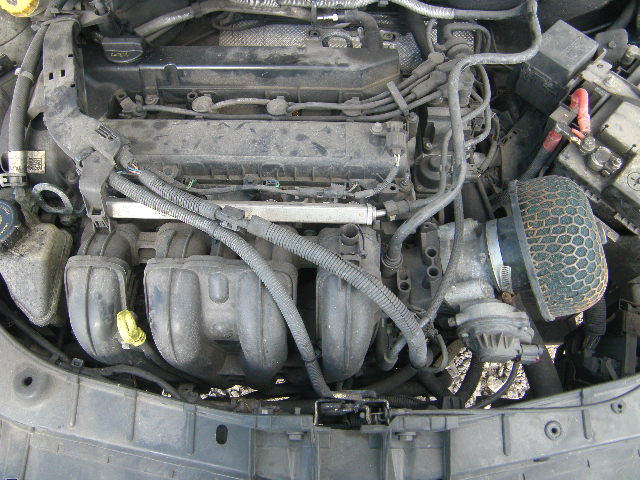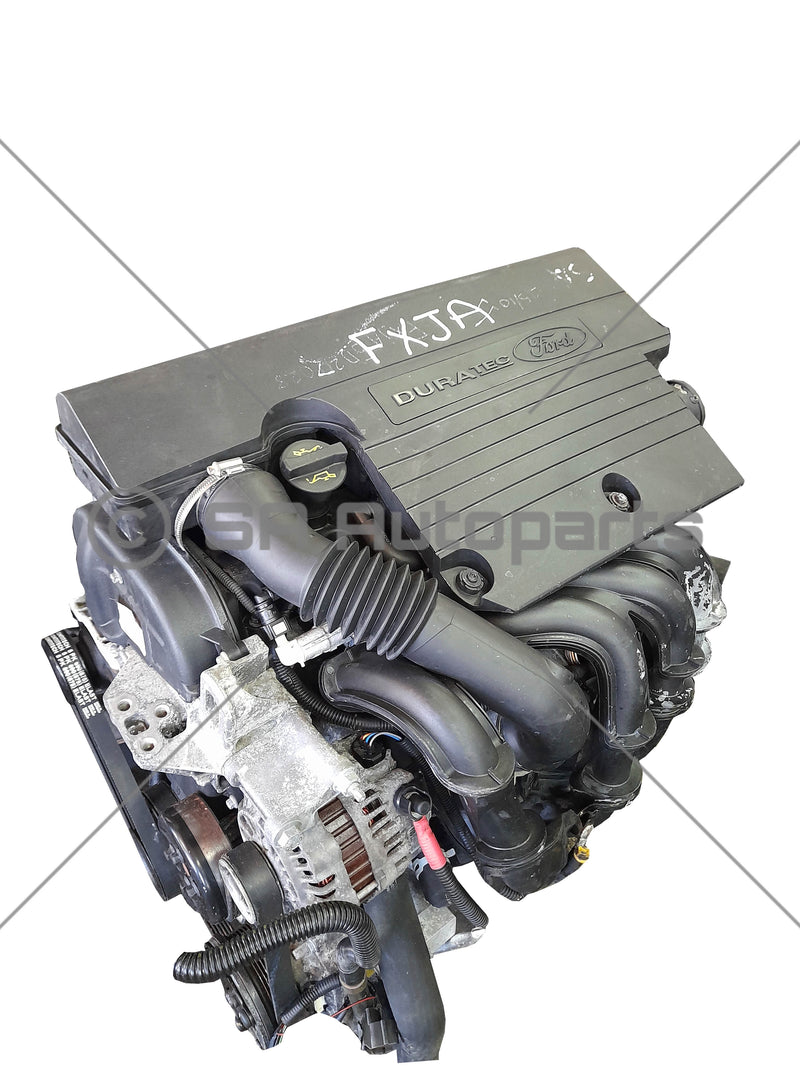Discover the Latest Ford Fiesta Engine Upgrades for Enhanced Power
Wiki Article
Checking Out the Evolution of Engines: From Traditional Styles to Modern Marvels
The advancement of engine innovation stands for a considerable narrative in the background of advancement, noted by critical improvements that have actually constantly redefined transport and market. From the preliminary heavy steam engines that powered the Industrial Change to the introduction of interior combustion engines that changed mobility, each stage has added to better performance and ability. Presently, the change to electric power indicates not just a technical change yet additionally a more comprehensive commitment to environmental sustainability. As we analyze these milestones, one must consider just how the future of engine layout may unravel, testing our assumptions of power and effectiveness.The Birth of Engine Innovation
The introduction of engine modern technology noted a pivotal moment in human technology, changing power conversion and transportation. The earliest engines emerged from the need to harness mechanical power for sensible use, leading to the growth of tools that transformed various energy kinds into motion (ford fiesta engine).The development of the interior burning engine and the development of the steam engine militarized an extensive shift in commercial capacities. These engines not only enhanced effectiveness but also increased the range of human flexibility, enabling extraordinary transport possibilities. The very early prototypes prepared for the mechanized world, facilitating the rise of industries and improving social structures.
As engine layouts developed, they incorporated cutting-edge materials and advanced engineering concepts, leading the way for modern advancements - ford fiesta engine. The birth of engine modern technology sparked an unrelenting pursuit of effectiveness and power, establishing the stage for the vibrant advancement of transport and industrial equipment that would certainly comply with
Vapor Engines and Their Influence

The heavy steam engine's effect was especially noticeable in the transport industry (ford fiesta engine). Steam-powered locomotives assisted in the quick movement of items and individuals across large ranges, efficiently reducing the geographical obstacles that had formerly prevented trade and interaction. Steamships revolutionized marine traveling, allowing for quicker and extra reputable crossings of rivers and seas.
In industry, steam engines powered factories, allowing automation and the increase of city facilities as hubs of economic task. This change not only changed labor dynamics yet also added to the development of a consumer-driven culture. Vapor innovation fostered advancements in design and manufacturing processes, laying the groundwork for future developments in engine layout. The legacy of heavy steam engines is profound, reflecting a turning point in human resourcefulness and the ruthless pursuit of development.
The Rise of Interior Burning
Regularly eclipsing heavy steam power, the rise of interior combustion engines noted a transformative change in transport and market throughout the late 19th and very early 20th centuries. The development of these engines, characterized by their capacity to melt fuel within the engine itself, made it possible for better performance and power compared to standard heavy steam engines. Pioneering innovators such as Nikolaus Otto and Rudolf Diesel played essential functions in refining engine styles, bring about widespread fostering in automobiles, boats, and look at more info commercial equipment.The interior combustion engine's small size and relatively light-weight nature assisted in the introduction of individual automobiles, transforming private mobility and improving metropolitan landscapes. By making it possible for faster traveling and the reliable transportation of products, these engines militarized economic development and promoted globalization. The adaptability of fuel choices, consisting of fuel and diesel, better enhanced their allure, enabling for diverse applications throughout numerous sectors.
Regardless of the ecological issues that would later emerge, the preliminary attraction of interior combustion technology lay in its transformative potential. As culture welcomed this development, the foundation was laid for modern transport systems, developing inner burning engines as a cornerstone of industrial development and life throughout the 20th century.
Improvements in Engine Effectiveness
As inner combustion engines came to be indispensable to transport and sector, the focus shifted towards improving their efficiency to satisfy expanding needs for find out here now efficiency and sustainability. Technologies in engine design, product scientific research, and technology have considerably added to this advancement.One major improvement is the growth of turbocharging, which permits for increased air intake, resulting in more complete fuel combustion and enhanced power outcome without expanding engine dimension. Furthermore, variable shutoff timing systems have actually been carried out to maximize engine efficiency throughout different RPM varieties, consequently boosting gas efficiency.
The usage of sophisticated fuel injection technologies, such as direct shot, has actually also played a vital function. This technique enables more precise control over the fuel-air mixture, advertising far better burning and minimizing discharges. Additionally, lightweight products, consisting of light weight aluminum and composite parts, have been embraced to reduce overall engine weight, leading to enhanced performance.
These innovations show a broader trend within the automotive industry, where the synergy between design innovation and environmental considerations drives the ongoing quest for greater effectiveness in inner combustion engines. Because of this, contemporary engines are now a lot more effective, cleaner, and effective than in the past, leading the method for a much more lasting future in transportation.
The Shift to Electric Power
With expanding issues over environmental impact and nonrenewable fuel source reliance, the automotive sector is experiencing a considerable change in the direction of electrical power. This transition is driven by a combination of technological advancements, governing stress, and changing customer preferences. Electric lorries (EVs) offer a compelling alternative to standard inner burning engines, boasting minimized greenhouse gas emissions and lower operating costs.The surge of battery modern technology has actually been a game changer, with lithium-ion batteries ending up being more effective and affordable. Boosted energy thickness and faster billing abilities have made EVs extra sensible for day-to-day usage. Federal governments worldwide are implementing incentives and setting ambitious targets for phasing out fossil gas lorries, thereby speeding up the adoption of electric power.
Significant car manufacturers are investing greatly in research study and development, bring about the intro of a diverse series of electrical versions. This consists of not just auto but also commercial cars and public transportation services. As charging infrastructure expands and battery innovation remains to enhance, the shift to electric power is poised to reshape the automotive landscape, promoting sustainability and advancement in the years ahead. The future of transportation is electric, and the energy is obvious.
Verdict
The advancement of engine technology stands for a considerable trajectory of technology that has greatly affected transportation and market. From the fundamental vapor engines to the transformative inner burning engines, each growth has actually contributed to improved movement and financial development.
Report this wiki page